仮面ライダーガッチャード ライドケミートレカ 01 300パック
(税込) 送料込み
商品の説明
未開封です
在庫複数あり商品の情報
| カテゴリー | おもちゃ・ホビー・グッズ > フィギュア > 特撮 |
|---|---|
| 商品の状態 | 新品、未使用 |

バンダイ 仮面ライダーガッチャード ライドケミートレカ PHASE:01

仮面ライダーガッチャード ライドケミートレカミニチュアチャーム

仮面ライダーガッチャード ライドケミートレカ PHASE:01(BOX)20パック入り

仮面ライダーガッチャード ライドケミートレカ 01 300パック-

楽天市場】バンダイ (BANDAI) 仮面ライダーガッチャード ライドケミー

バンダイ (BANDAI) 仮面ライダーガッチャード ライドケミートレカ PHASE:01 (BOX)20パック入

楽天ブックス: 仮面ライダーガッチャード ライドケミートレカ PHASE:02
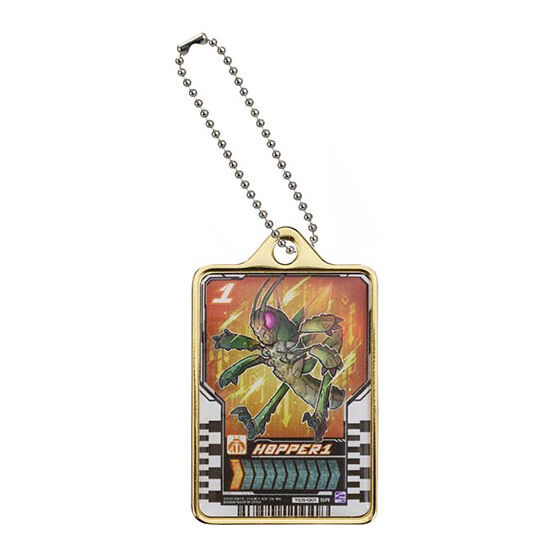
仮面ライダーガッチャード ライドケミートレカミニチュアチャーム
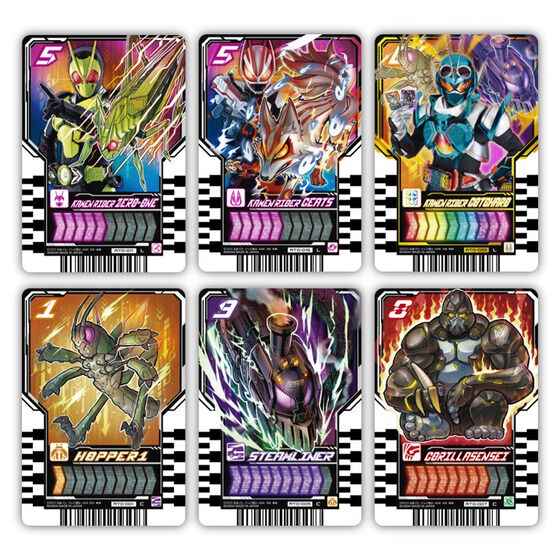
バラ売り】仮面ライダーガッチャード ライドケミートレカ - その他

仮面ライダーガッチャード』ライドケミーカードのダイキャスト製

仮面ライダーガッチャード ライドケミートレカ プロモーションカードパック

仮面ライダーガッチャード ライドケミートレカ 01 300パック-

Amazon | バンダイ (BANDAI) 仮面ライダーガッチャード ライドケミー

楽天ブックス: 仮面ライダーガッチャード ライドケミートレカ PHASE:00

ライドケミートレカ01パック-
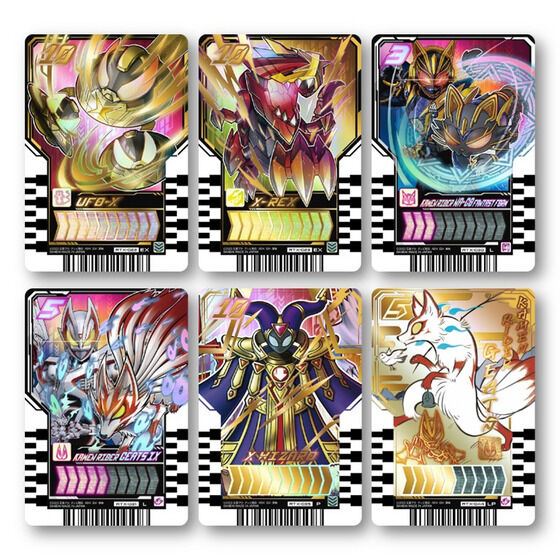
仮面ライダーガッチャード ライドケミートレカ PHASE:EX | 仮面
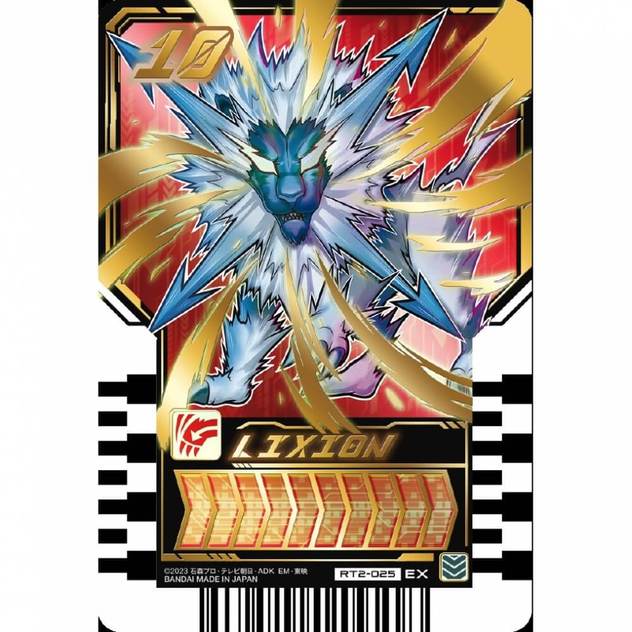
仮面ライダーガッチャード ライドケミートレカ PHASE:02 | トイザらス

ライドケミートレカ 仮面ライダーガッチャード 【一部予約販売中

仮面ライダーガッチャード ライドケミートレカ 01 300パック - 特撮

仮面ライダーガッチャード ライドケミートレカ 01 300パック-

仮面ライダーガッチャード ライドケミートレカ PHASE:01(BOX)20パック入り -

特典ケース付き】【BOX】仮面ライダーガッチャード ライドケミートレカ
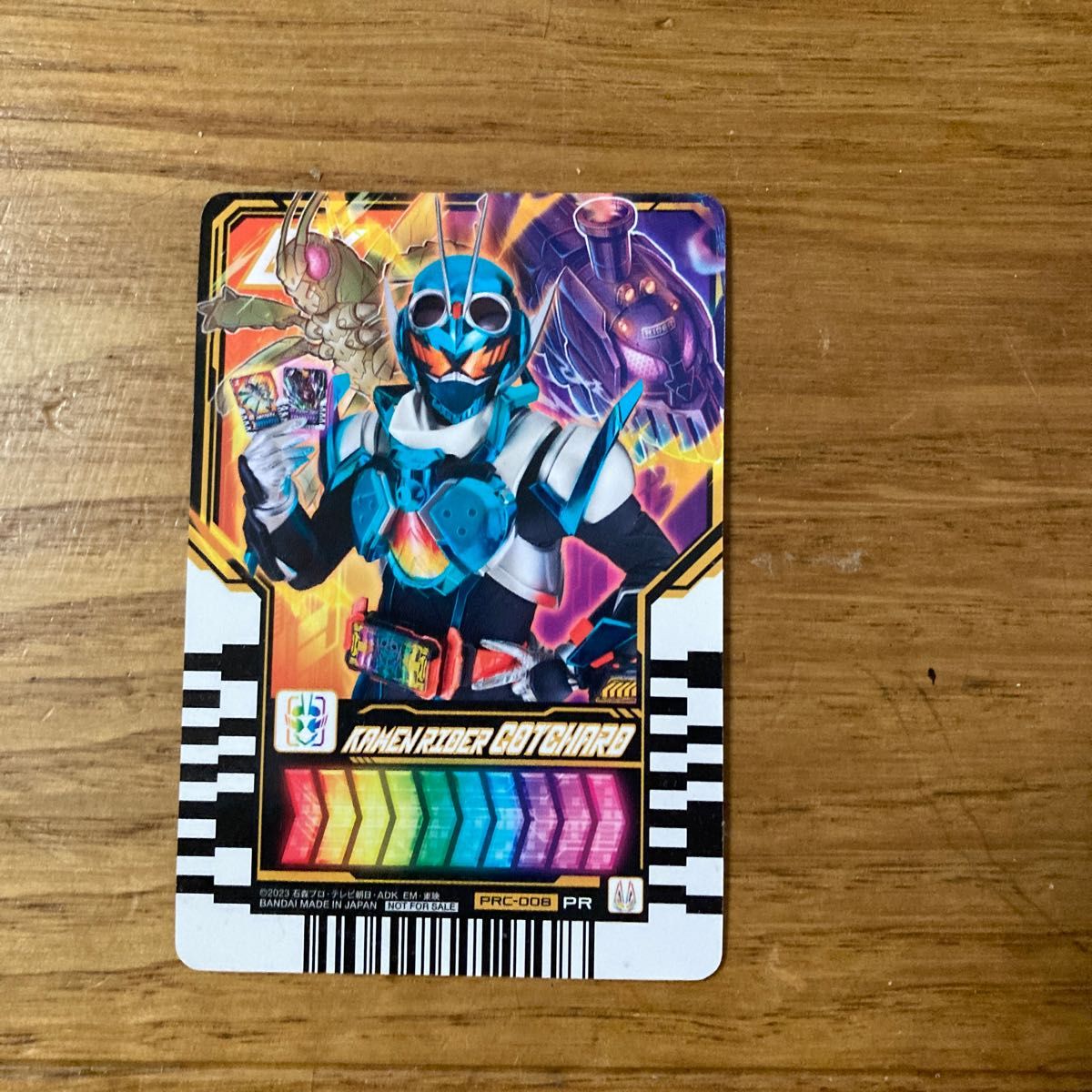
仮面ライダーガッチャード カードライドケミートレカ プロモーション

ライドケミートレカ プロモーションカードパック 仮面ライダーガッチャード
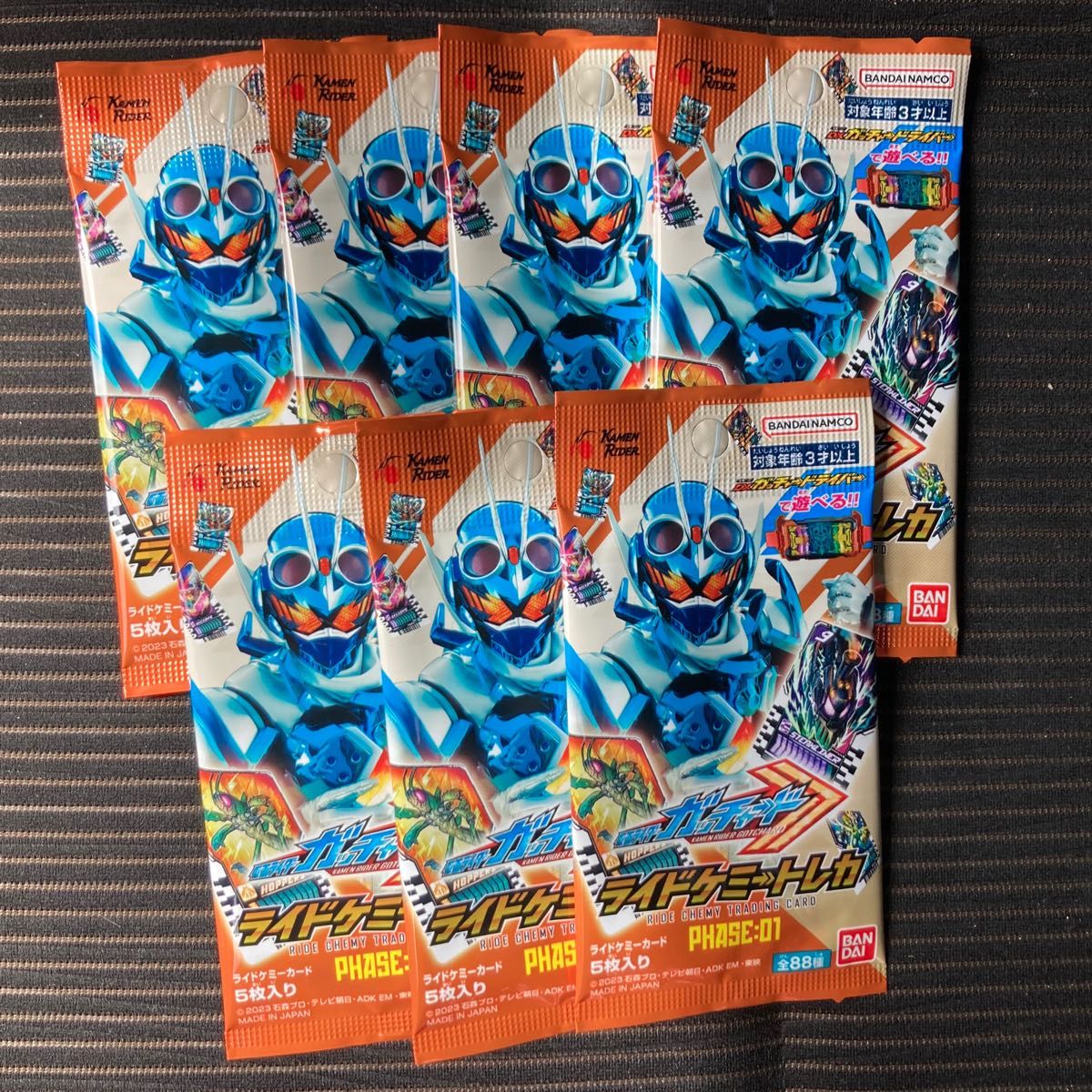
新品未開封仮面ライダーガッチャード ライドケミートレカ PHASE 01 7

Amazon | バンダイ (BANDAI) 仮面ライダーガッチャード ライドケミー

ライドケミートレカ プロモーションカードパック 仮面ライダーガッチャード
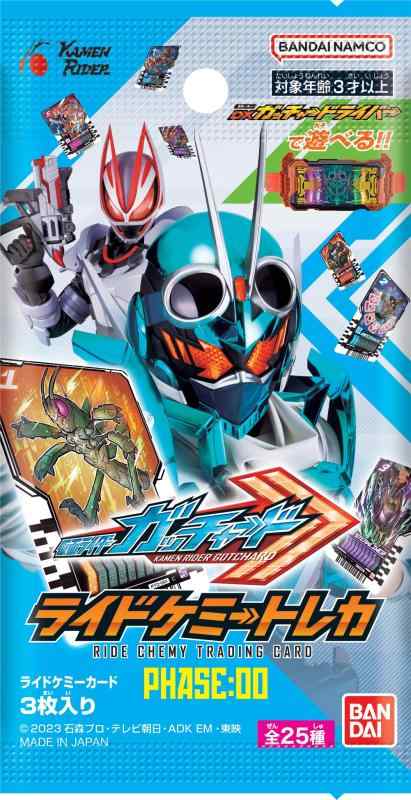
楽天市場】【送料無料】仮面ライダーガッチャード ライドケミートレカ

仮面ライダーガッチャード ライドケミートレカ 01×2BOX-

最初から不均一アソートォー!!1回300円 仮面ライダーガッチャード

仮面ライダーガッチャード ライドケミートレカ 01×2BOX-

ライドケミートレカ プロモーションカードパック 仮面ライダーガッチャード
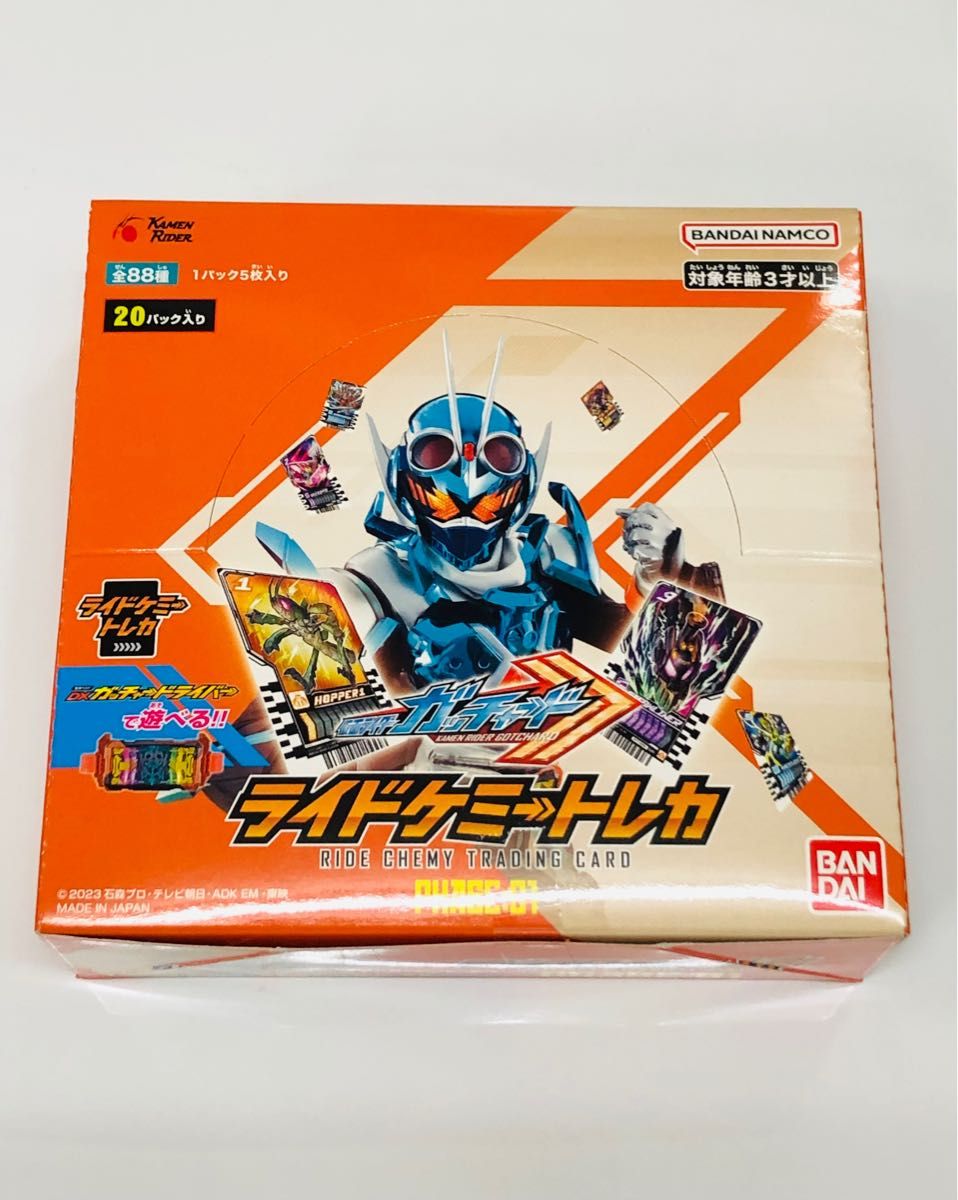
仮面ライダーガッチャード ライドケミートレカ 01 20パック入BOX 未開封

楽天ブックス: 仮面ライダーガッチャード ライドケミートレカ PHASE:00

BANDAI - 仮面ライダーガッチャード ライドケミートレカ 映画入場者

公式サイト 仮面ライダーガッチャードピールオフキャンペーンライド
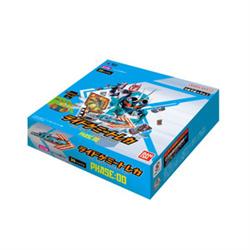
仮面ライダーガッチャード ライドケミートレカ PHASE:00(BOX)30パック入り -
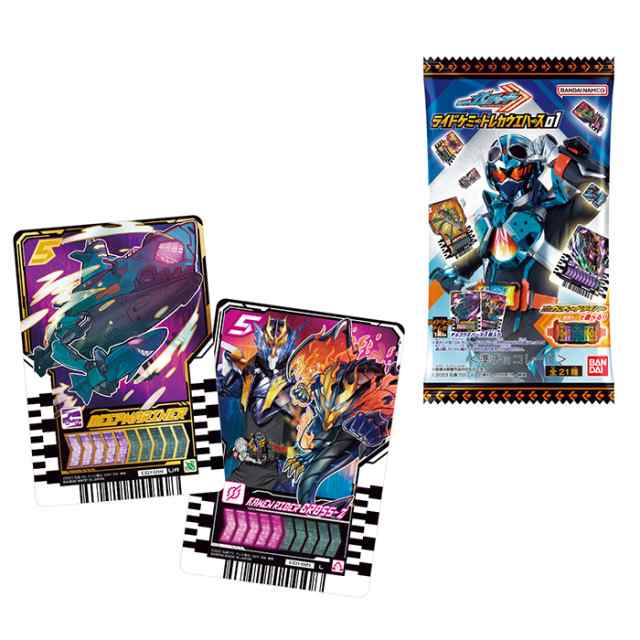
BANDAI Candy 仮面ライダーガッチャード ライドケミートレカウエハース

特典ケース付き】【BOX】仮面ライダーガッチャード ライドケミートレカ
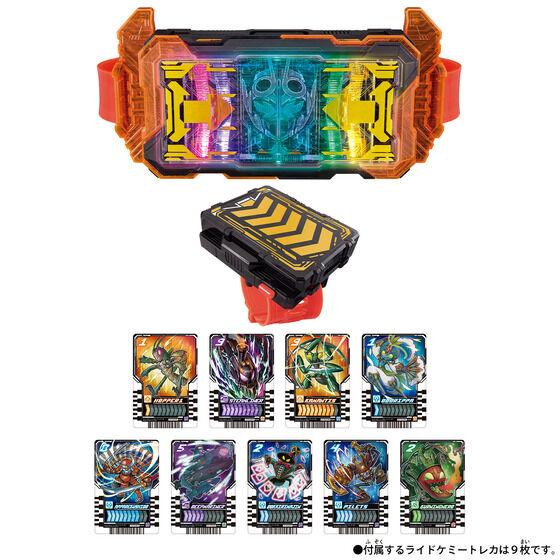
仮面ライダーガッチャード ライドケミートレカ 01 300パック-

商品の情報
メルカリ安心への取り組み
お金は事務局に支払われ、評価後に振り込まれます
出品者
スピード発送
この出品者は平均24時間以内に発送しています














